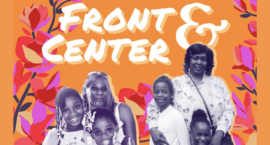In every issue of Ms., we track research on our progress in the fight for equality, catalogue can’t-miss quotes from feminist voices and keep tabs on the feminist movement’s many milestones. We’re Keeping Score online, too—in this biweekly roundup.
This week: Trump must pay $450 million; OB-GYNs are avoiding states with abortion bans and 93 percent say they or a colleague have been unable to follow standards of care because of bans; new data on women in the workforce; harmful sex ed and anti-trans state bills introduced; postpartum Medicaid coverage; the political gender gap is growing; Missouri Republicans block amendments to add incest and rape exceptions to their abortion ban, claiming, “God does not make mistakes”; Beyoncé becomes the first Black female artist to top the Billboard Hot Country Songs chart; and more.












